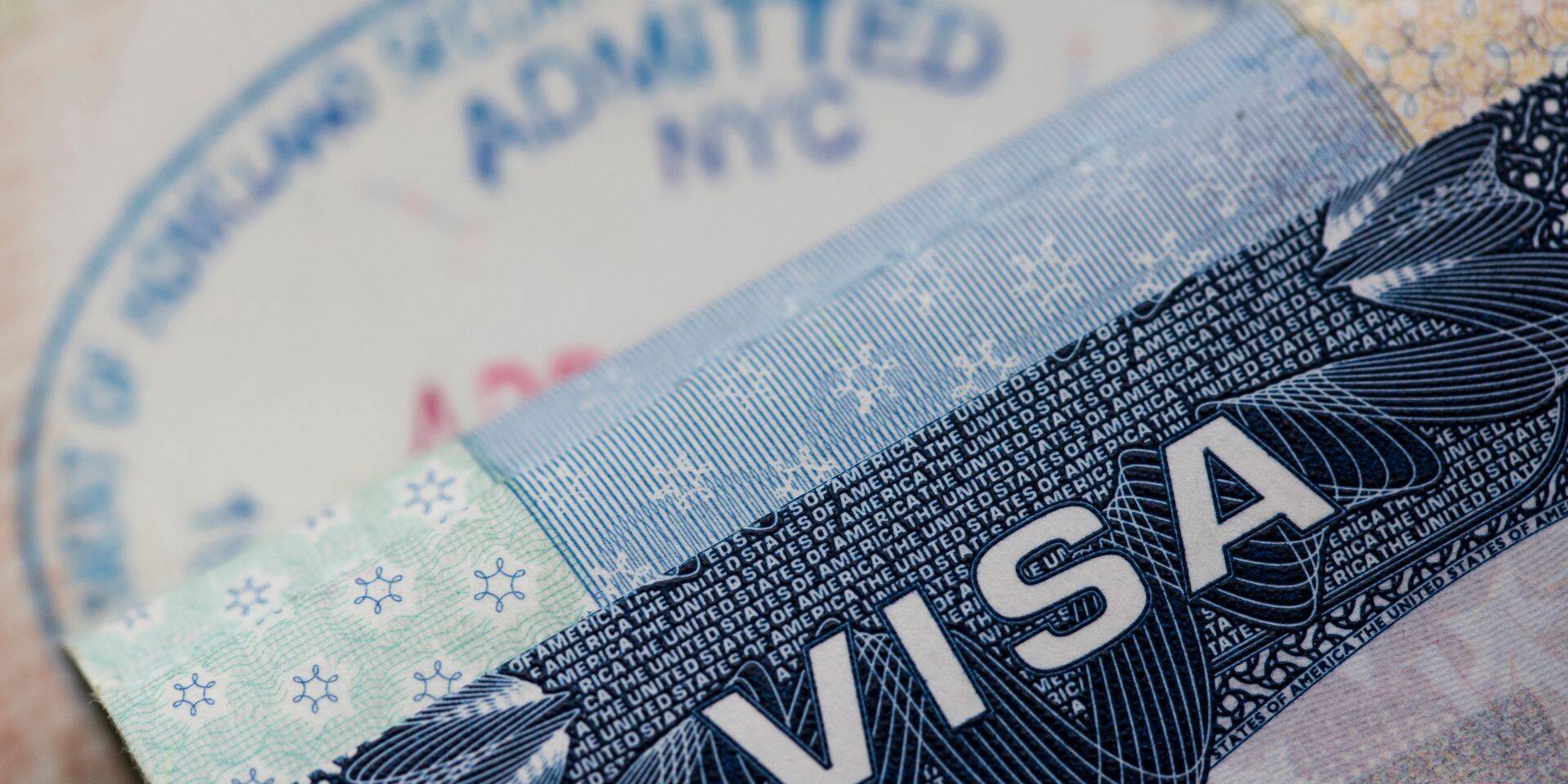Each year, F-1 students graduate hoping to begin working in the U.S. to get practical experience following their U.S. studies. As graduation typically coincides with the annual H-1B Cap registration and filing period that occurs from March-June, many employers utilize the H-1B program to facilitate these students’ future employment and ability to remain in the U.S. by filing an I-129 petition to change the students’ immigration status from F-1 to H-1B beginning October 1.
Many F-1 students will participate in post-completion Optional Practical Training (OPT) following graduation for 12 months, with the possibility of extending for an additional 24 months if the degree was earned in a STEM subject. Later, because of this timeline, when the F-1 student has an H-1B petition filed on their behalf, the start date or October 1 may leave them with a gap in employment authorization after their OPT or STEM OPT expires. In these situations, F-1 students can take advantage of Cap Gap.
As ILBSG often receives Cap Gap related questions, the following sections outline what Cap-Gap is, who is eligible for Cap-Gap, as well as some considerations for H-1B employers.
What is “Cap-Gap”?
If an employer wants to hire an F-1 student after the student graduates, the employer typically utilizes the H-1B Cap program to request a change in the F-1 student’s status from F-1 to H-1B. The employer will register the student in the H-1B cap and, if selected, the H-1B employer must file for the change in status within 90 days of the selection notice.
However, utilizing the H-1B Cap program in this way means that the earliest date the employer can file the F-1 student’s cap-subject H-1B petition is April 1, and the earliest date the student may begin working for the employer is October 1 (USCIS’s fiscal year start date). Since most students participate in OPT and STEM OPT following graduation, this timeline may result in a gap in work authorization depending on when the OPT or STEM OPT expires.
“Cap-Gap” refers to the period of time between an F-1 student’s OPT expiration date and the October 1 start date when their H-1B status begins. The Cap Gap period begins when the F-1 student’s status and employment authorization expires (as long as that date is after the H-1B petition has been filed) and ends on September 30, ahead of the required October 1 start date of the H-1B petition filed on their behalf. .
If the H-1B is not yet approved by October 1, the F-1 student can remain in the U.S. while the petition is pending until they get a decision, but cannot work as the Cap Gap work authorization ends September 30.
Who Qualifies for the H-1B Cap-Gap Extension?
A student who holds F-1 status and is participating in a valid OPT or STEM OPT at the time the cap-subject H-1B petition is filed is eligible for the Cap-Gap extension if their work authorization expires before the October 1 start date of the H-1B.
Students participating in CPT are not eligible for Cap Gap.
What Employers Need to Know
Cap Gap is automatic, meaning there is no action needed by the H-1B employer. The F-1 student can request a Cap Gap I-20 from their DSO for proof of their continued work authorization, but the cap gap status is automatic without any action taken. In other words, it does not have to be applied for.
In March 2021, U.S. Immigration and Customs Enforcement (ICE) announced that the Student and Exchange Visitor Program (SEVP) will automatically add the notation of the extension to the F-1 graduate’s record in the Student and Exchange Visitor Information System (SEVIS). This update means that F-1 students and their designated school officials (DSOs) no longer need to take additional steps to make sure the F-1 student’s records reflect the Cap Gap extension.
As with any cap-subject H-1B petitions, USCIS strongly encourages petitioning employers and F-1 students to stay in close communication while a decision on the H-1B petition is pending. The employer may need to take action if any of the following occurs –
If the H-1B Petition is Denied:
If the F-1 student’s H-1B petition is denied, their Cap-Gap extension automatically terminates. The F-1 student then has the standard 60-day grace period to leave the U.S., enroll in a new program of study, or file to change status. The F-1 student’s H-1B employer can also file a Motion to Reopen/Reconsider (MTR) or Appeal of the H-1B denial, but a pending MTR or appeal does not grant status or allow the F-1 student to work or to remain in the U.S., so other action must be taken in conjunction with an MTR or appeal if the F-1 student plans to remain in the U.S.
If the H-1B denial is due to a status violation, misrepresentation, or fraud, there is no 60-day grace period and the F-1 graduate is required to leave the U.S. immediately.
If the student travels during the Cap-Gap extension period:
An F-1 student who travels outside the U.S. will only be readmitted in F-1 status during the Cap-Gap period if their cap-subject H-1B petition has already been approved, and if they are re-entering before their employment begins. ILBSG advises employers to encourage F-1 graduates not to travel while their H-1B petitions are still pending, as leaving the U.S. will be considered an abandonment of the change of status request.
In the event of lay-offs or termination of employment before October 1:
If the F-1 student’s cap-subject H-1B petition is approved, but the F-1 student is laid off or fired by the H-1B employer before they officially obtain H-1B status, generally their Cap-Gap extension of status automatically terminates as well. In other words, if the H-1B employer must cancel the H-1B petition before it takes effect, any corresponding Cap-Gap will no longer apply.
Changes in the H-1B Cap-Gap to Look For:
This summer, the Biden Administration issued their first regulatory agenda addressing the H-1B program, stating generally that the Department of Homeland Security (DHS) intends to “amend its regulations governing…F-1 students who are the beneficiaries of timely filed H-1B cap-subject petitions.” The agenda references “’cap-gap’ issues” as one of the areas of focus for DHS, along with other specifics concerning how H-1B petitions will be evaluated once submitted to USCIS. While further detail about any proposed changes has not been made public, we could see the Biden Administration push reform in this area, so this is something to watch.
As always, ILBSG will keep its clients updated on any new developments. If you have questions about the cap gap or any immigration-related questions, contact us at ILBSG. We put our expertise and experience to work to ensure you get the right advice.
Related Posts
May 8, 2025
Immigration Officials used Criminal Database for Student Visa Terminations
DHS revealed they used the FBI-ran NCIC…
May 5, 2025
Big Tech Provides ICE with New Immigration Tracking Software
Federal officials are teaming up with a…


